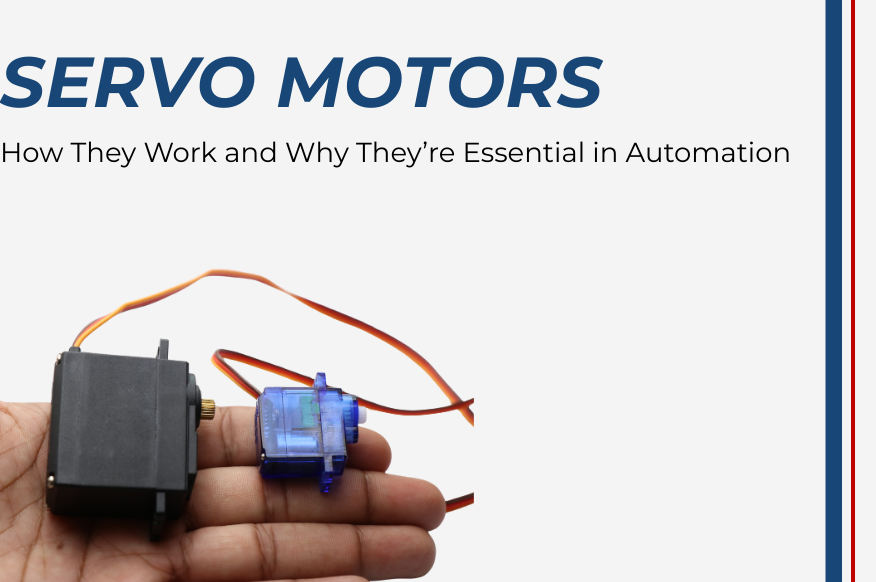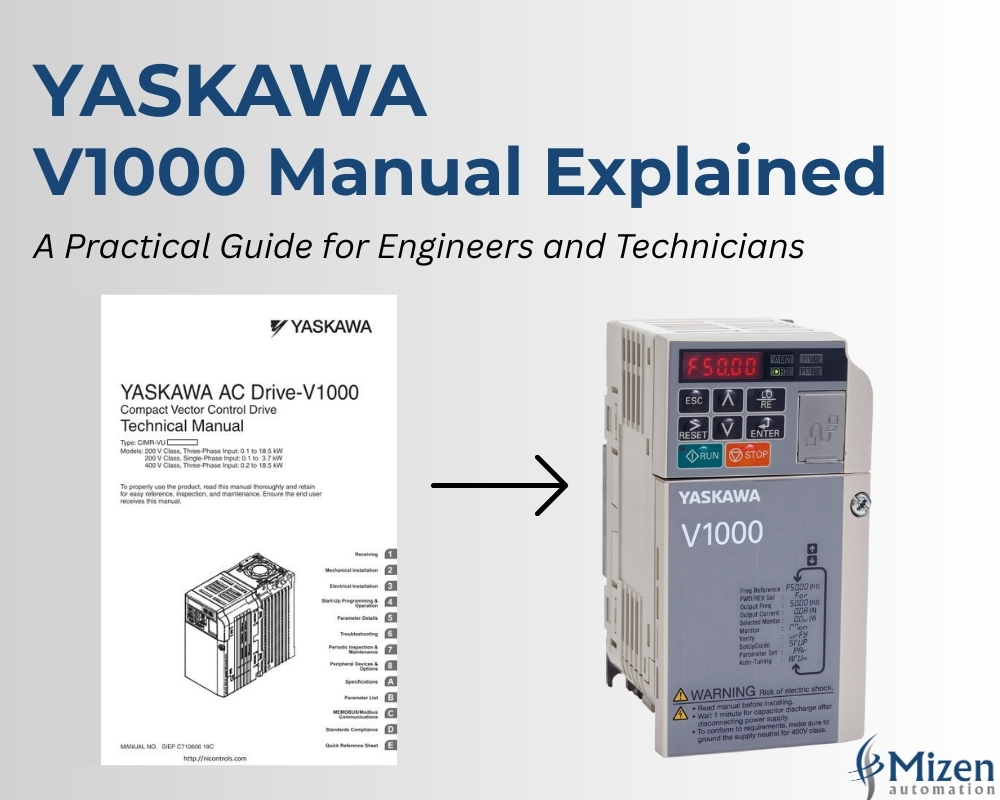No items

What is SCADA? A Simple Guide to Supervisory Control and Data Acquisition
Ever wondered how water treatment plants keep their operations running 24/7? Or how one operator can monitor hundreds of pumps

Servo motors power many machines we use every day. You’ll find them in factory robots, 3D printers, CNC machines, and even in remote-control car steering systems.
But what exactly are they, how do they function, and why are they so commonly used in industrial automation? In this post, we’ll explain the basics of servo motors in simple terms. No engineering degree is needed.
You’ll understand what a servo motor is, how it operates, where it’s used, and why it’s so precise and powerful. We’ll also discuss some of the most trusted servo motor brands in the automation industry today.
A servo motor is a special type of motor that allows for controlled movement. It doesn’t just spin freely like a regular DC motor. Instead, it receives specific signals that tell it exactly how far to rotate and in what direction.
What sets servo motors apart is their ability to consistently check their position using built-in sensors. This feedback system lets them adjust instantly, keeping them accurate and responsive. You can think of it like a GPS for movement. The motor knows where it should be, compares that to its current position, and makes real-time corrections.
This level of precise control makes servo motors ideal for:
Servo motors are preferred in industrial automation for their ability to provide controlled motion, high torque, and energy efficiency in compact packages. Below are the key advantages they offer:
Choosing the right servo motor requires more than just matching torque. Here are a few critical aspects to evaluate:
Check out one of our previous blog posts where we discussed the top 5 Servo Drive manufacturers in detail. For now, here is a brief overview of some of the most trusted and widely adopted servo motor brands in the industrial automation space:
Choosing the right servo motor involves balancing performance, compatibility, and reliability. Consider factors like load characteristics, duty cycle, environment, required resolution, and integration with your control system.
At Mizen Automation, we assist businesses in selecting and implementing servo motors that fit their automation goals. Whether you’re building a new line or upgrading existing infrastructure, we provide support from selection to integration.
Browse our servo motor range or contact our team to speak with an automation specialist.

Ever wondered how water treatment plants keep their operations running 24/7? Or how one operator can monitor hundreds of pumps

The Yaskawa V1000 is one of the most commonly used compact AC drives in the world. It is known for

If you have any questions get in contact with us via our enquiry form or call us on +64 (0) 3 964 0692.
"*" indicates required fields